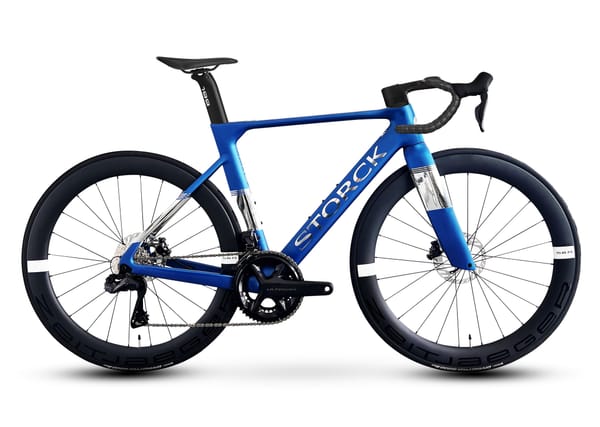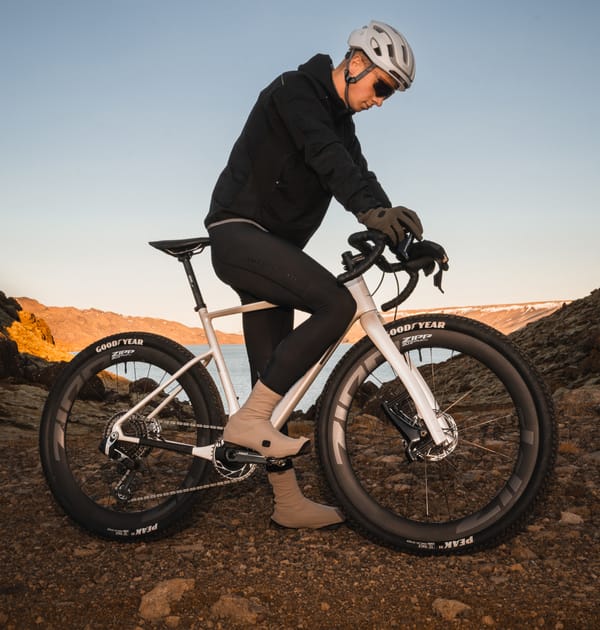Engineering the Perfect Ride: Part Carbon, Part Titanium
A look at the new Curve CarboKev, a gravel race bike that fascinatingly blends 3D-printed titanium and carbon fiber into "stiffness" and "comfort" zones.

I’m always curious about the ways people try to solve old problems. In cycling, the triangle of "stiff," "light," and "comfortable" is the classic problem. You can usually pick two, but getting all three is the holy grail. So when I saw the new CarboKev from Australia’s Curve Cycling, I was immediately intrigued.
It’s not just the name, which sounds like a '90s action hero, or the wild "Splatter Art" paint job explicitly inspired by '90s sneaker culture (which I love). It’s the very intentional why behind its construction.
This isn't just another carbon race bike. It’s a hybrid, which isn't a new idea, but their approach feels incredibly modern. The CarboKev uses a "zonal" design philosophy, mixing 3D-printed titanium lugs with carbon fiber tubes. The thinking is beautifully simple: use the right material for the right job.
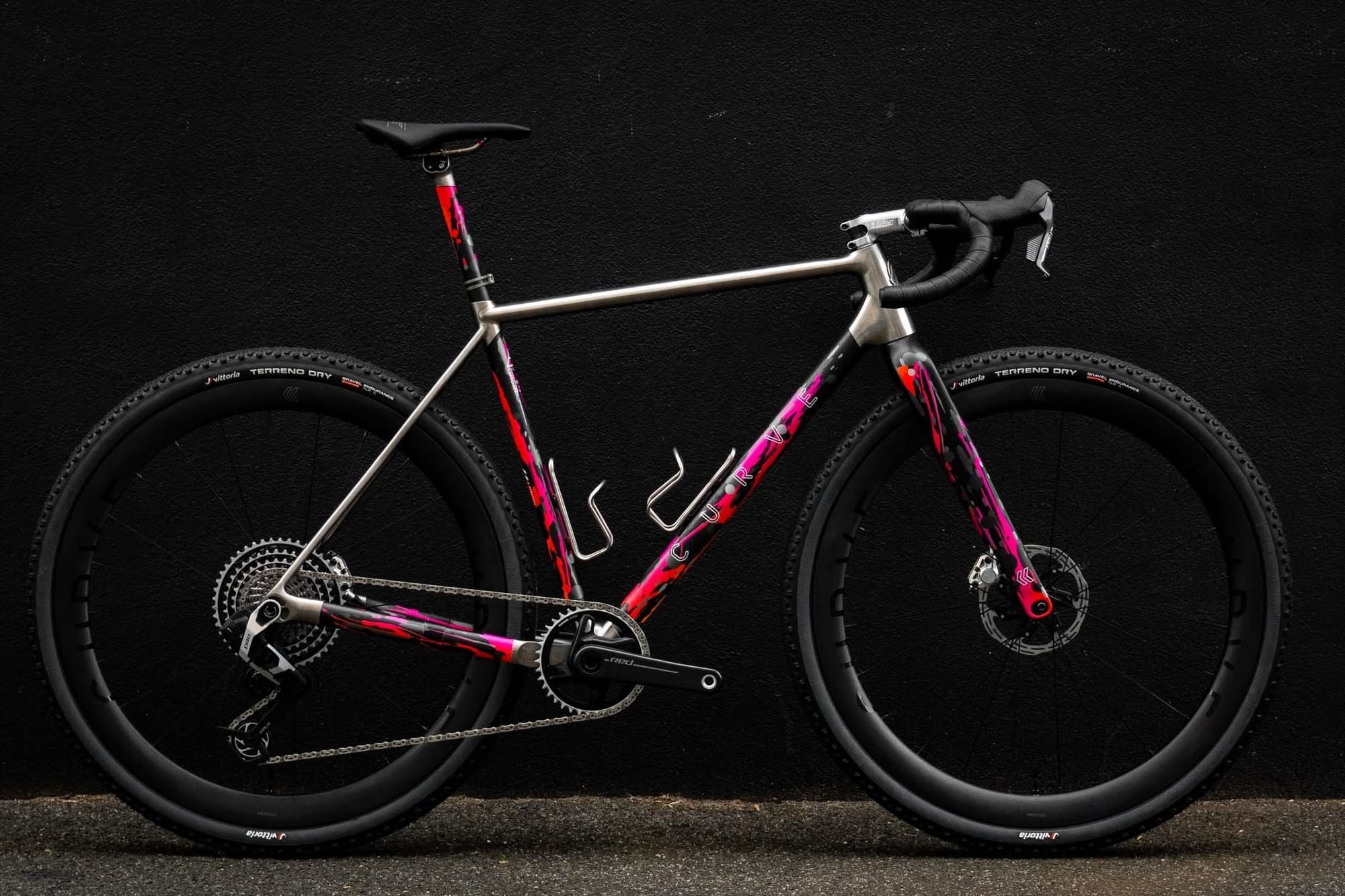
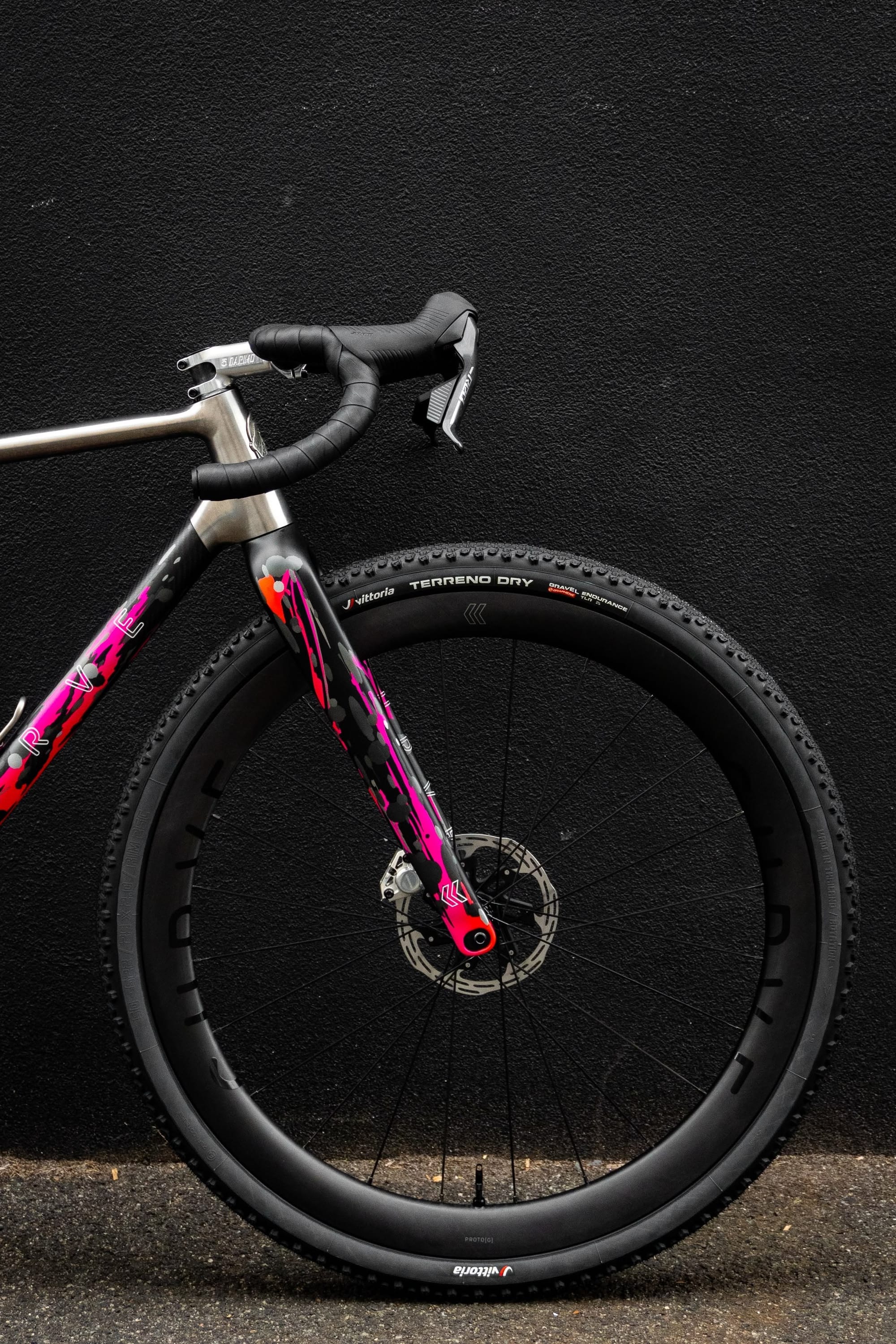
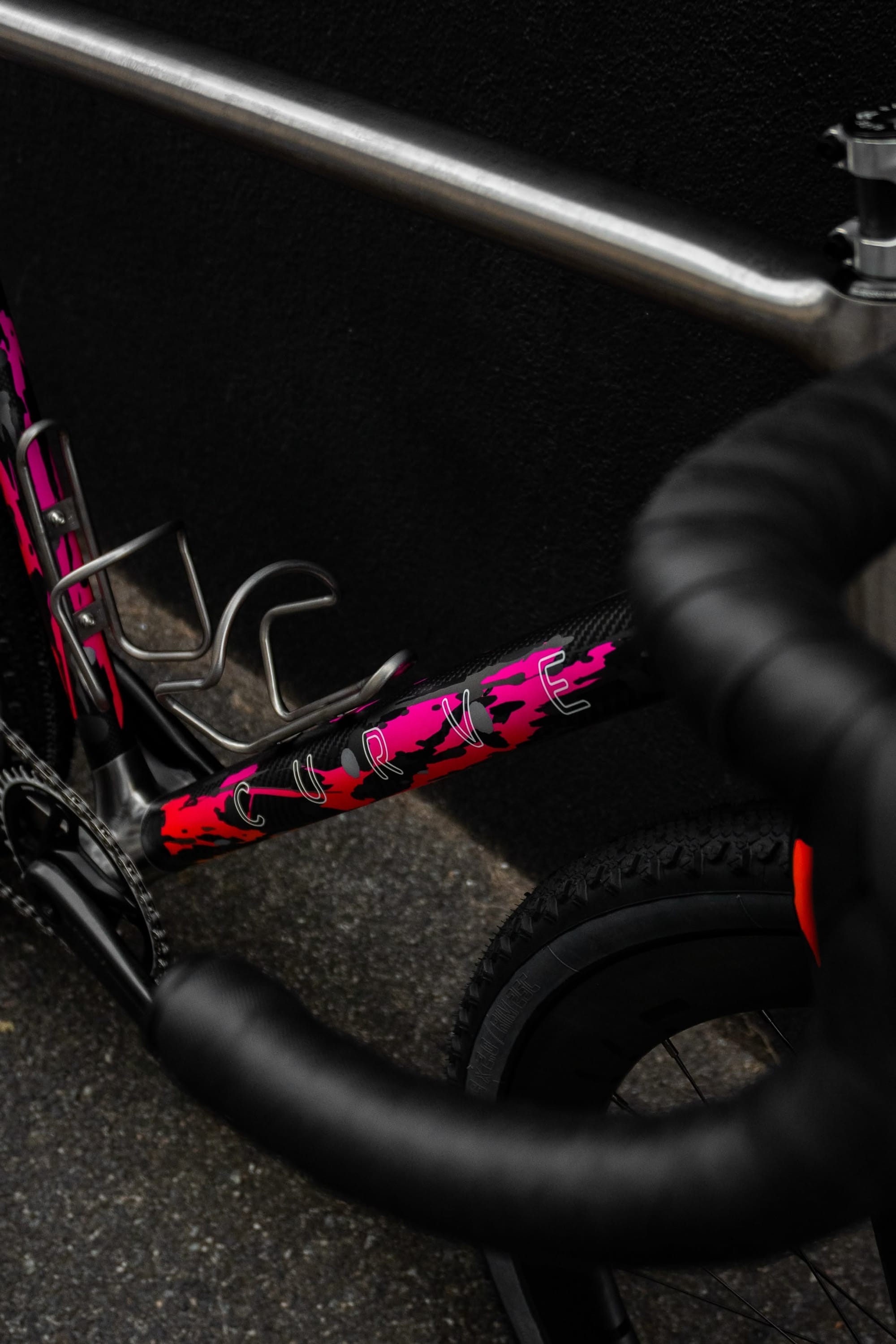
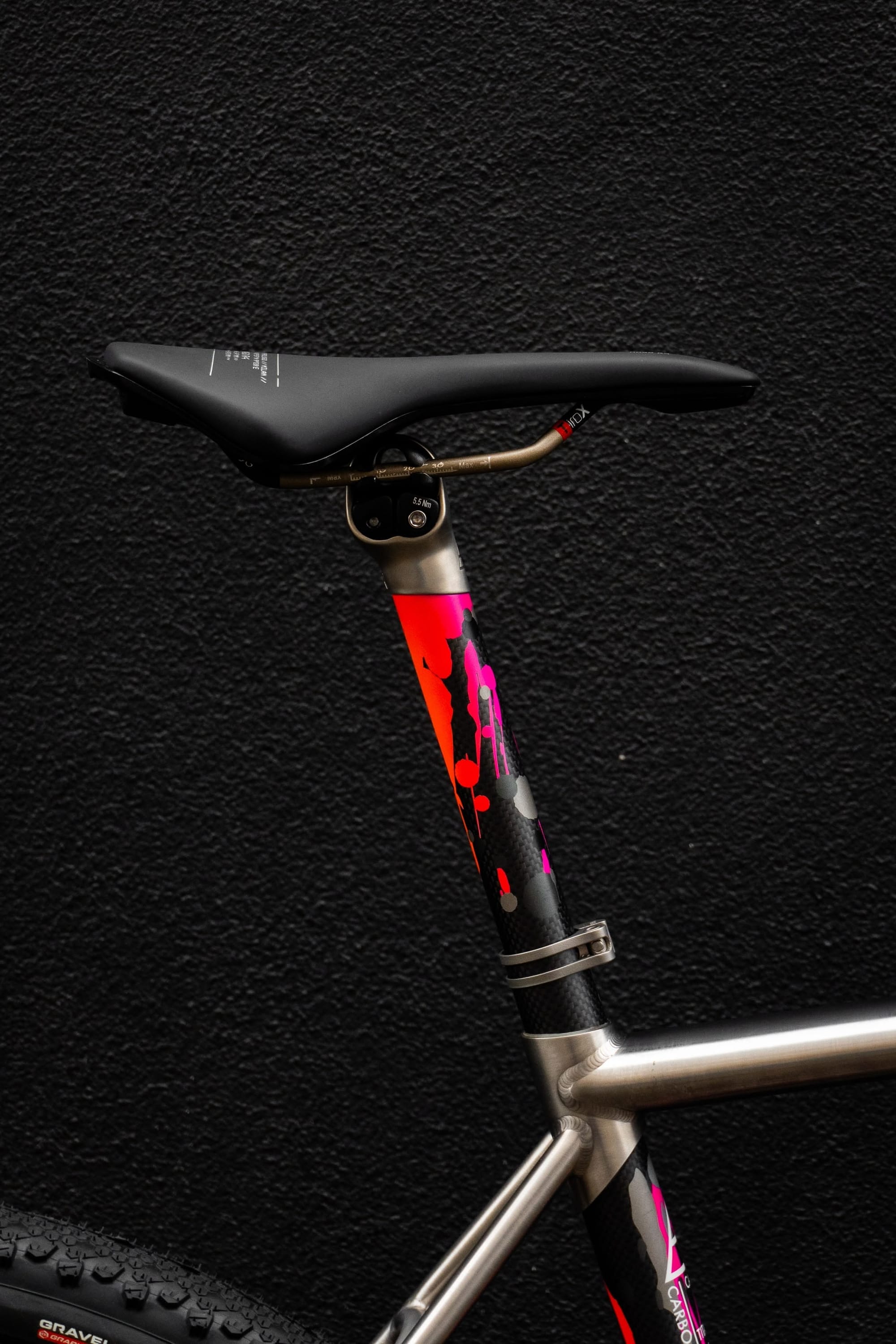


They’ve created a "stiffness zone"—the down tube and chainstays—out of carbon. This creates a rigid backbone for the bike, running from the head tube right to the rear axle. It’s all about efficient power transfer and sharp steering, exactly what you want when you’re pushing hard.
Then, there’s the "comfort zone." The top tube and the very minimal seat stays are made of titanium, a material famous for its "spring" and vibration-damping qualities. The idea is that this upper section is tuned for vertical compliance, soaking up road buzz and reducing rider fatigue over long distances, all without turning the bike into a wet noodle.
It seems like such an intelligent, practical way to build a frame. You get the raw efficiency of carbon where you need to stomp on the pedals, and the fatigue-reducing comfort of titanium where your body meets the bike.
What’s also fascinating is the manufacturing. While the titanium lugs and carbon tubes are sourced from specialist partners, the really critical work—the alignment, bonding, and finishing—is all done in-house at Curve’s headquarters in Melbourne. It’s this blend of global high-tech sourcing with local, hands-on craftsmanship. They note it's the most rigorously tested frame they’ve ever made, which makes sense. When you’re bonding two dissimilar, high-performance materials together, you’d want to be absolutely certain it's durable.
This isn't a bike for casual weekend rides. It’s a full-on gravel race machine, with aggressive geometry and clearance for massive 29x2.2" tires.
And then there's the price. At $12,000 AUD (around $13,200 with GST) for just the frameset, and complete builds hitting north of $26,000, this is deep into "superbike" territory. With a lead time of 10-12 months, it’s also clear this is a semi-bespoke object, crafted on a different scale than a mass-market bike.
It's one of those beautiful "what if" projects. It’s an exercise in seeing a problem—stiffness vs. comfort—and designing a solution from the ground up using the most interesting materials and methods available. I have no idea if I'll ever see one in person, but I love that it exists.




